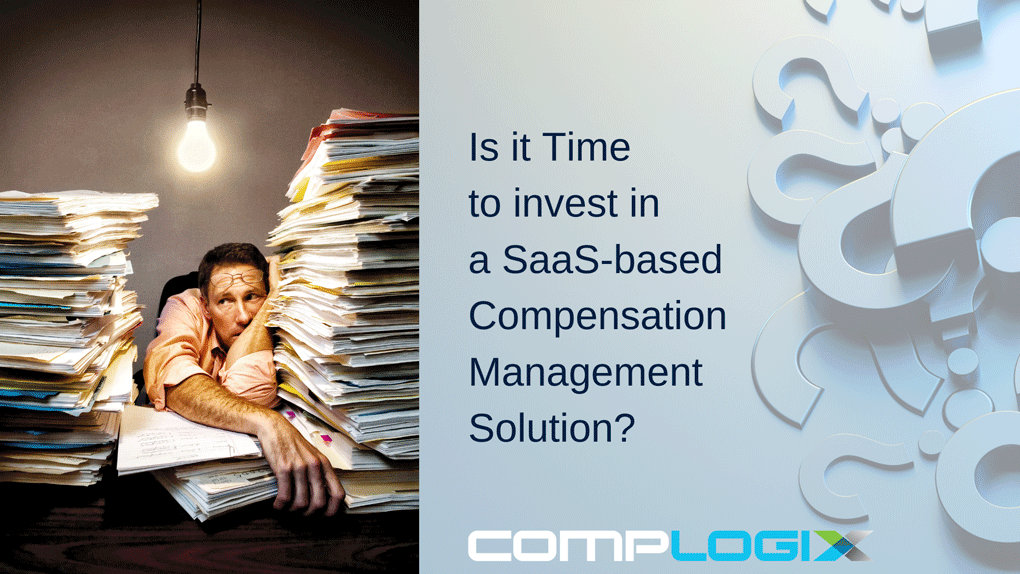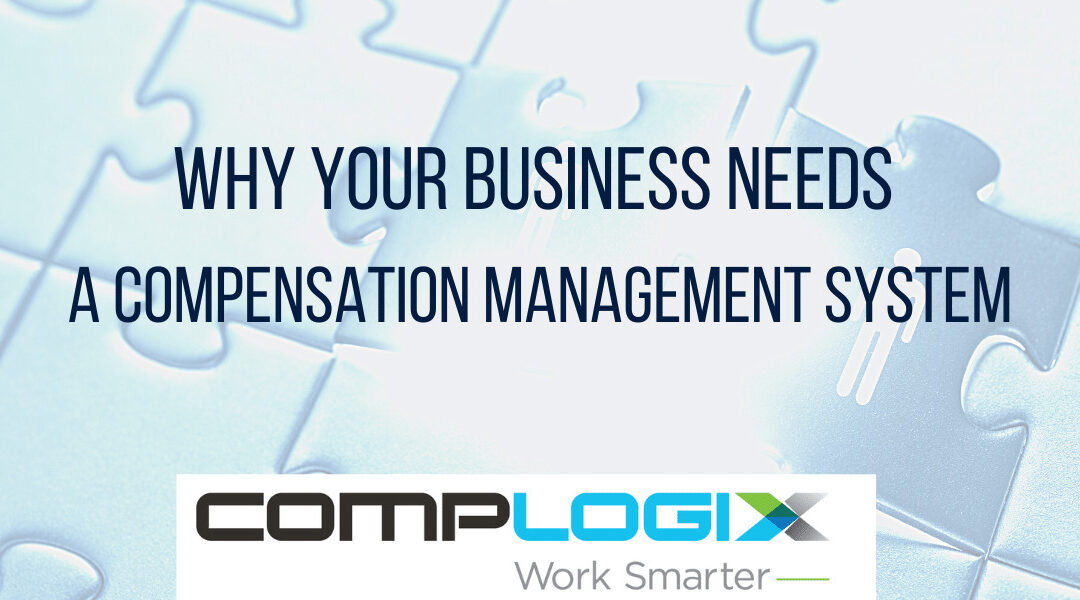If you are among those compensation managers who are still handling these crucial transactions manually (or by spreadsheet), the responsibility of completing these tasks in an accurate and timely manner can weigh heavily.


If you are among those compensation managers who are still handling these crucial transactions manually (or by spreadsheet), the responsibility of completing these tasks in an accurate and timely manner can weigh heavily.

As you prepare for year-end, are you asking yourself if there is a better way to review your company’s prior year compensation activities? If you are still using spreadsheets to keep track – maybe it’s a homegrown process that is beginning to show signs of being outgrown – you may have reached the point in time where it’s time to look for a better solution.

It is difficult for business leaders to make key decisions surrounding employee compensation without the ability to view detailed data in a way they need to see it. This was the challenge Nexthink, a leader in digital employee experience management software, was faced...

Many HR professionals start out managing compensation and benefits by spreadsheet; but, like most basic applications, Excel isn’t really designed to serve as a long-term comp management tool.

CompLogix was pleased to see client Janel Lancaster featured in a recent article in American Healthcare Leader (AHL). She started as a compensation analyst for UNC Health in 2012 and is now the system executive director of total rewards, human resources data, and...

If you are responsible for managing the compensation and benefits for a company of any size, you are well aware of the impact a simple, misplaced decimal point may have.

When you started in business, chances are your compensation management system consisted of a spreadsheet or small out-of-the-box solution. As your business grows (and that is the goal, afterall!) you may find yourself in a position where that spreadsheet is no longer manageable and that out-of-the-box solution just isn’t getting the job done.

The list of desirable employee benefits may have changed, but the importance of communicating their total value remains an important recruitment/retention strategy. It isn’t uncommon for employees to overlook just how much really goes into the total compensation...

Any healthy workplace has its foundation in a positive culture. Although culture is hard to define and even harder to instill, there are several components that healthy workplaces have in common. One of these commonalities is equitable salaries and benefits that match the needs of your workforce and your corporate values.
Employee compensation is really a pretty simple concept. Your organization has employees who perform work at your request. In return, these employees expect to be paid fairly and on time. If only it were really that simple.
If it were really this cut and dried, few companies would ever consider just how important structured compensation management practices are to prospective and existing employees. In fact, today’s job seekers are more selective than ever when committing to a new job, which means companies must use compensation as a key component of finding and attracting top talent.
Ready to learn how CompLogix can help you to work smarter?